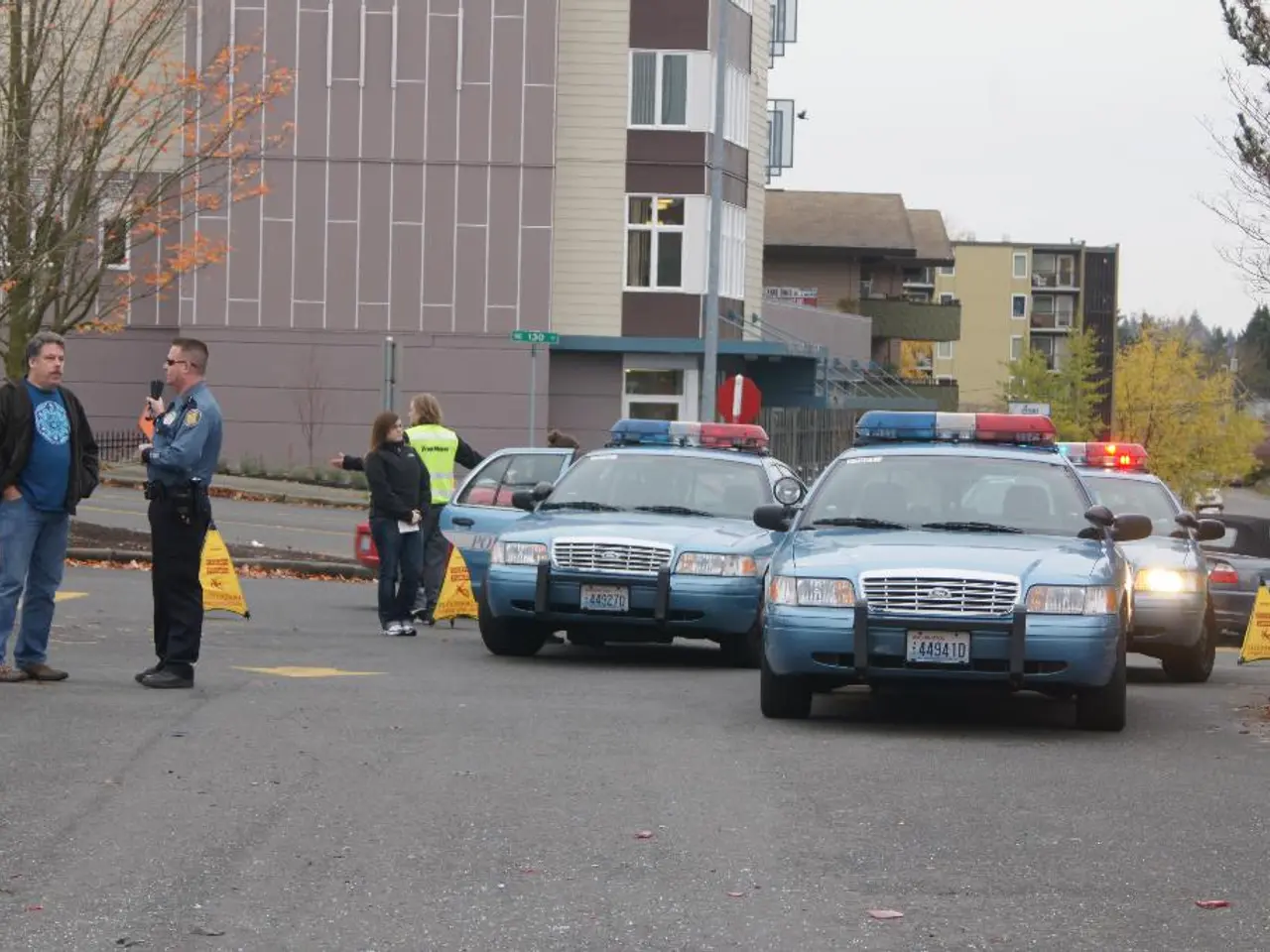Testimonies from flood survivors and local authorities presented at an emotional assembly in Texas
Texas Strengthens Flood Response After Deadly July 4 Disaster
Following the catastrophic floods on July 4, 2025, that claimed over 130 lives in central Texas, the state is taking measures to address criticisms of disorganized and delayed responses by local officials.
The flood, which occurred suddenly and unexpectedly, left emergency services overwhelmed, with deputies encountering swamped crossings and losing vehicles to the rising water. Democratic State Rep. Ann Johnson received reports of children with water around their feet at 2 a.m. during the flood.
In response, Governor Greg Abbott has directed the Texas Division of Emergency Management (TDEM) to mobilize state emergency response resources proactively. This includes deploying support operations ahead of further flood risks, aiming to improve coordination and readiness at the state level to support local authorities during emergencies.
Authorities have also emphasized the importance of residents following guidance from officials and monitoring forecasts through official channels such as TexasReady.gov and TexasFlood.org. This move is designed to reduce confusion and increase public awareness, addressing bureaucratic delays in information dissemination.
NASA's Disasters Response Coordination System (DRCS) has been activated to provide critical satellite data, flood extent maps, and risk assessments to emergency management agencies. These data tools improve situational awareness and decision-making, helping to overcome earlier failures like the USGS flood gauge malfunction near Camp Mystic.
Long-term recovery and risk analysis are also underway. A risk report highlights the need for improved risk mitigation and infrastructure resilience post-disaster. Authorities and planners are analyzing the extensive impact on transport, logistics, and emergency operations to prevent repeat disorganization.
Notable figures, such as Mike Richards, a former police officer, have criticized FEMA and suggested it should be abolished. Richards, who is still receiving calls from family and volunteers who are in tears over the devastation, did not receive help from the state or government after the flood.
Local officials, including Judge Rob Kelly, the top county official, and Kerr County Sheriff Larry Leitha, were out of town or asleep during the flood. These incidents have raised concerns about the preparedness and responsiveness of local authorities during emergencies.
The legislature is meeting in a special session this month to work on disaster preparedness. Alicia Jeffrey Baker, who lost her parents and her 11-year-old daughter in the flood, has called for better warning systems during the hearing. The tragic loss of lives, particularly those at vacation and youth camps, has raised questions about early warnings and evacuation plans.
In Center Point, an unincorporated area in Kerr County, Mike Richards found 10 bodies on land he owns after the flood. The local emergency coordinator, William Thomas, was ill and asleep during the flood.
These events underscore the need for improved emergency preparedness and response in Texas. The state is working to strengthen emergency resource mobilization, improve public communication, and leverage advanced satellite technology to coordinate flood response more efficiently and transparently.
- The Texas government, in response to the July 4, 2025 flood disaster, is focusing on policy-and-legislation changes to enhance emergency preparedness, with the legislature meeting for a special session to discuss these matters.
- The Governor of Texas, Greg Abbott, has directed the Texas Division of Emergency Management (TDEM) to proactively mobilize state emergency response resources to improve coordination and readiness at the state level, addressing earlier criticisms of disorganized and delayed responses.
- In the aftermath of the flood, there has been a call for better news and general-news dissemination, with authorities urging residents to monitor forecasts through official channels to reduce confusion and increase public awareness.








